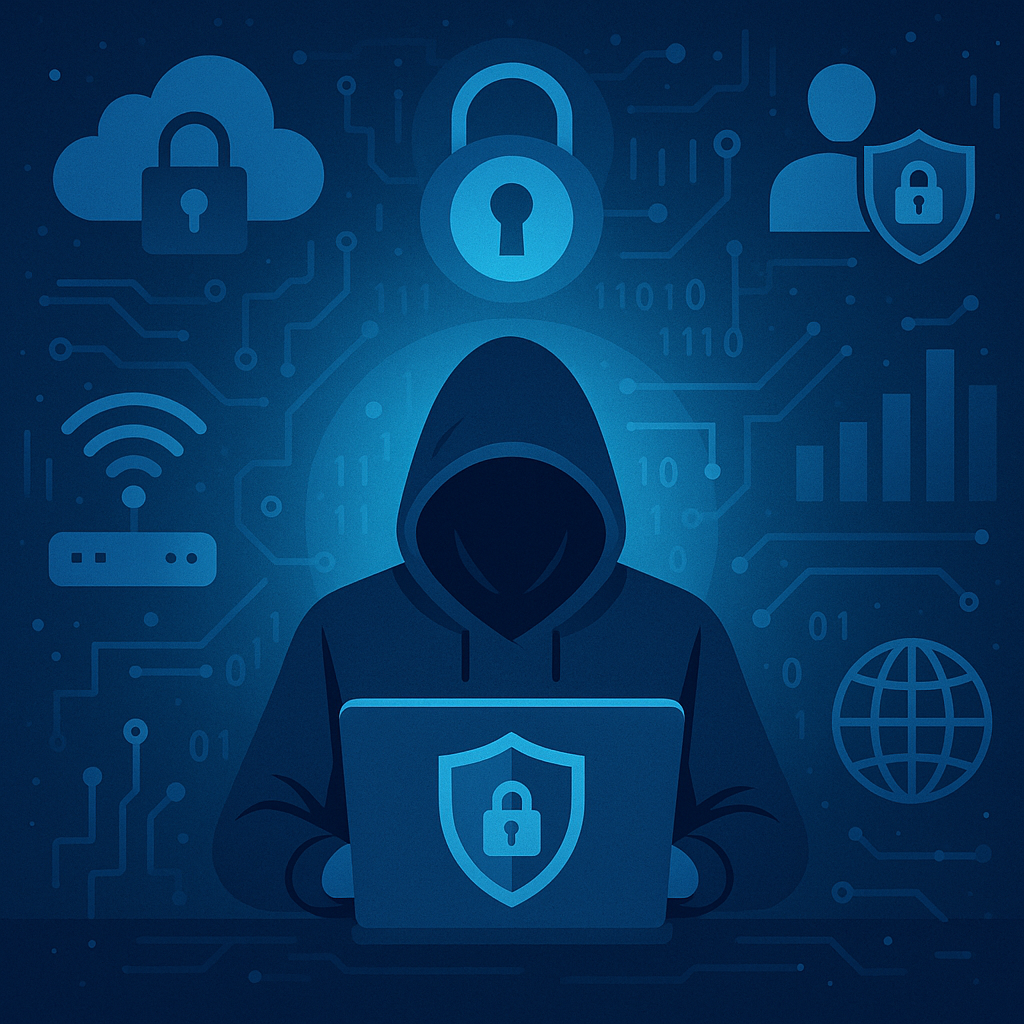The world of cybersecurity is evolving faster than ever, and what worked at the start of the year may already be outdated. For small and mid-sized businesses across Chicagoland, staying ahead of IT security trends is critical to avoiding disruptions, protecting sensitive data, and maintaining compliance. As we head into the latter half of 2025, here are the most important security trends to watch—and how to prepare.
1. AI-Powered Threat Detection is Becoming Standard
Artificial intelligence isn’t just a buzzword—it’s transforming the cybersecurity landscape. In 2025, AI and machine learning tools are being used to detect anomalies, stop insider threats, and identify zero-day exploits before they spread. Businesses are increasingly adopting these tools to supplement overworked IT teams and enhance real-time threat visibility.
2. Multi-Factor Authentication (MFA) is Mandatory for Compliance
If you’re still relying on usernames and passwords alone, you’re already behind. MFA is now a requirement in many industries, especially those governed by HIPAA, FINRA, or NIST standards. Expect cyber insurance providers to demand it too.
3. Ransomware-as-a-Service (RaaS) is on the Rise
Hackers are no longer just individual actors—they’re organized groups offering ransomware kits for sale. This has dramatically increased the volume and sophistication of attacks. Protecting against ransomware now means more than just backing up your data—it means building a full incident response strategy, endpoint detection, and segmentation.
4. Supply Chain Attacks are Increasing
Even if your internal systems are secure, your third-party vendors might not be. Attackers are targeting software supply chains and service providers to infiltrate your environment. Vetting vendors and implementing secure access policies are now non-negotiables.
5. Zero Trust is Moving from Buzzword to Reality
The traditional perimeter is dead. Companies are embracing zero-trust models that verify each user, device, and request—regardless of location. You’ll need identity-based access, endpoint compliance checks, and network segmentation to build a truly resilient IT environment.
6. Cloud Security Takes Center Stage
With more data in the cloud than ever before, cloud misconfigurations are one of the biggest risks businesses face. Make sure your environment is set up correctly, audit regularly, and use encryption and proper access controls.
7. Cybersecurity Training Remains Essential
Even with the best tools, human error is still a major cause of breaches. Businesses that invest in regular security training, phishing simulations, and user awareness see fewer incidents—and lower recovery costs.
The second half of 2025 will bring more challenges—but also more tools to overcome them. The key is to remain proactive, informed, and adaptable.
If you are interested in learning more, schedule a call today.

